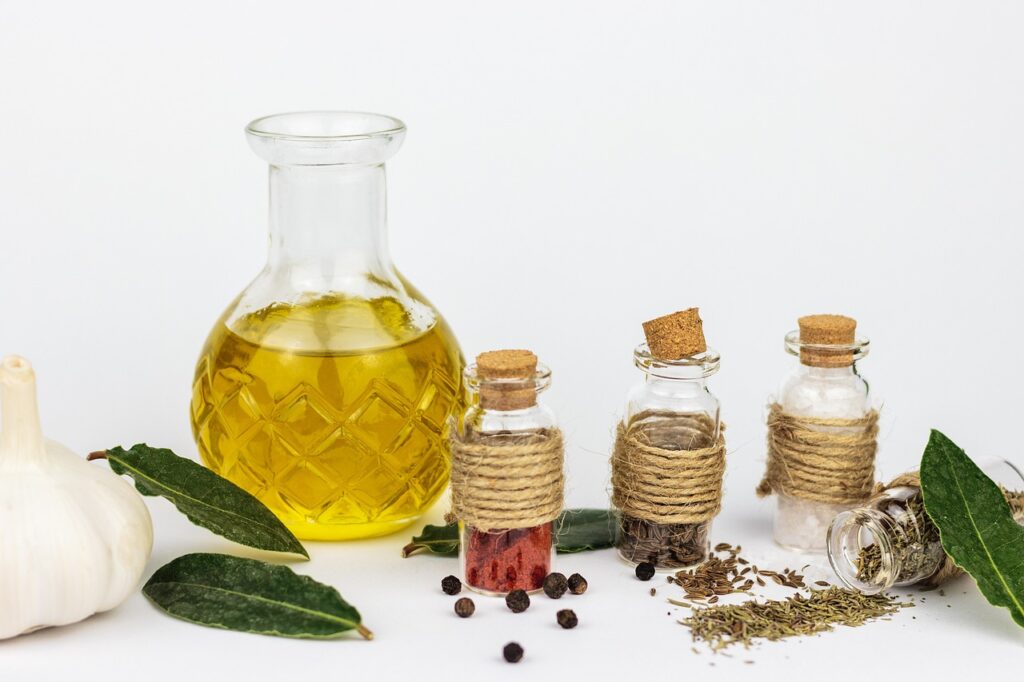Fats:
Dietary fat is an excellent source of energy for the body but additionally, dietary fat contains certain vitamins and essential fatty acids that we must ingest through food. Dietary fat also includes the substances our body uses to make hormones as well as structures within our cells and nervous system. Dietary fat can be broken down into three basic categories, saturated fats, monounsaturated fats and polyunsaturated fats. Similar to other macronutrients, when digested the majority of dietary fat is used for energy. When there is a surplus of dietary fat the excess is stored as body fat.
Does my body really NEED fats? – Yes, it does. Dietary fats are essential to providing our bodies energy and to support cell growth. They also help protect your organs, help keep our body warm, help our body absorb some nutrients and produce important hormones. Your body definitely needs fat.
How do we incorporate dietary fat into a healthy diet? – Research about the possible harms and benefits of dietary fat is always evolving. Current evidence suggests that the smart play is to focus on choosing healthier fats and avoiding the less healthy ones. Our bodies need all types of dietary fat however monounsaturated fats and omega-3 fats have been associated with reduced cardiovascular risk. Alternately, trans fats, which have often been found in highly processed foods, have been associated with a higher risk of cardiovascular diseases. As with most nutrients, dietary fat is best when obtained through whole, unprocessed food sources such as avocados, nuts and olives including olive oil.
How can I work towards a healthier intake of dietary fat? – Focus on replacing foods high in saturated fat with foods that include monounsaturated fats and polyunsaturated fats.
Try these tips to make over the fat in your diet:
- To avoid trans fat, check food labels and look for the amount of trans fat listed. By law a serving of food containing less than 0.5 grams of trans fat can be labeled as 0 grams. Therefore, it’s important to also check ingredient lists for the term ʺpartially hydrogenated.֞
- Use oil instead of solid fats. For example, saute with olive oil instead of butter, and use canola oil when baking.
- Consider fish, such as salmon and mackerel, at least twice a week to get healthy omega-3 fatty acids. Bake or broil seafood instead of frying it.
- Choose lean meat and skinless poultry. Trim visible fat from meat and poultry, and remove skin from poultry.
- Snack smart. Many popular processed snack foods are high in fat, especially solid fats. Be sure to check food labels for saturated and trans fats. Better yet, snack on whole fruits and vegetables.
Next time we will look at probably the most misunderstood macro, protein! Don’t miss the next installment…

